Let’s face it, pools are a huge investment. All pools, even those designed leveraging state-of-the-art equipment, have a set lifespan. To protect your asset and maximize your investment, it’s critical to understand the expected lifecycle for key pieces of equipment and be prepared for future expenditures.
Swimming pools are a collection of several different components — all working in tandem to enable the entire system to function flawlessly. When any single piece of equipment throughout the system malfunctions or breaks down, it affects the entire pool and impacts performance.
To extend the lifecycle of your pool and various pieces of equipment, conduct regular maintenance to ensure all components are functioning properly. With this guide, you’ll be equipped to maximize your investment in current equipment and understand how to better budget for future upgrades.
Expected Lifecycle and Required Maintenance
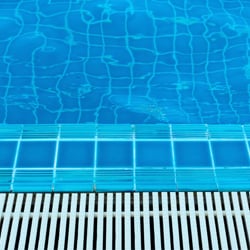
Grating
Expected Lifecycle: 10 years
The plastic grating located around the perimeter of your pool needs to be checked regularly to ensure it still provides adequate traction to prevent slips. It will require routine replacement due to wear and tear, which is largely determined by the amount of foot traffic at the facility. Another major factor depends on if the pool is located outside. If grating is in direct sunlight, expect it to deteriorate more quickly.
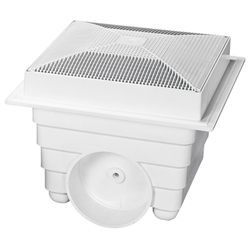
Main Drain Covers and Grates
Expected Lifecycle: 10 years*
It’s important to periodically check main drain covers and grates to spot cracks and other signs of failure early. If drain covers don’t experience any damage, the Virginia Graeme Baker Pool and Spa Act (VGBA) will dictate when replacement is needed. The VGBA requires that drain covers must comply with entrapment protection requirements specified by the joint American Society of Mechanical Engineers (ASME) and American National Standards Institute (ANSI) performance standards. Be sure to plan for and budget accordingly when replacement is needed to reduce the downtime of your pool. Main drain covers and grates can be replaced when the pool is already empty for maintenance or when it contains water.
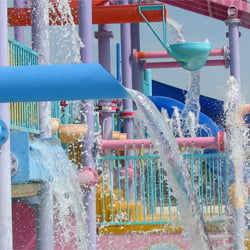
Interactive Areas of the Pool
Expected Lifecycle: 10-15 years
Pools contain numerous areas that require regular safety inspections, including railings and stairs at entry and exit points, lifeguard stands, safety netting, and any slides, slide towers, and spray features. Railings can loosen and break over time while safety netting also requires regular inspection, at least once each year, to ensure no holes have developed.
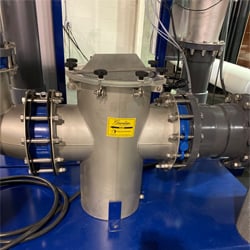
Mechanical Room
Expected Lifecycle: 5 years
Hair and lint strainer baskets are the first line of defense for your pool’s circulation system. Baskets capture all large debris that you don’t want to reach your filter or pump, a critical piece of equipment to ensure everything downstream is protected. Baskets have a seal, lid, and gasket that require periodic inspection. The pump impeller and pump motor are also important pieces of the mechanical room that require inspection. If flow rate decreases over time, it may be due to the impeller needing maintenance or replacement. Pump motors require regular maintenance, particularly between years 3-5 where it becomes important to grease the bearings. It’s a best practice to have a spare motor and pump on hand as you reach the 3–5-year range. Some operators repair an old pump and have it in storage in case current equipment fails, and they need an immediate fix.
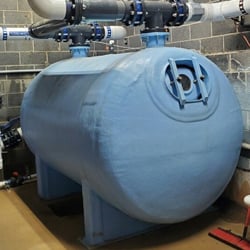
Sand Filter
Expected Lifecycle: Tank should last 25-30 years, and internal components have a lifecycle of 5-10 years depending on level of maintenance and care.
High-rate sand filters require an annual inspection of the sand. For pools only open seasonally, the system sits all winter and needs inspection prior to starting a new season. In this inspection, make sure sand is in good shape and there is not a lot of debris in the filter itself. Expect plastic components to start breaking down around the 3–5-year mark. Test to ensure proper functioning. For a full-time year-round pool using a sand filter, intentionally shut the system down for a few hours to conduct a media inspection of the sand bed and filter. You will need to remove all sand to inspect laterals and internal components to ensure they are intact and working properly. Sand should last 5-10 years. Lifespan is dependent on maintenance, however, to prolong lifecycle of the filter be sure to conduct regular cleaning as oil build up can cause channeling. If neglected, components can be damaged and will require more intense manual cleaning.
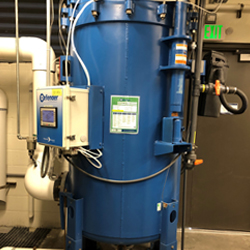
Regenerative Media Filter
Expected Lifecycle: 20+ years with regular maintenance
Neptune Benson’s Defender® Regenerative Media Filter (RMF) requires proper cleaning each year. For seasonal pools, a proper cleaning is needed at the end of a season to degrease and winterize the equipment. Inspection is also needed for both seasonal and year-round pools to determine wear and tear on components. Bushing and O-rings for the Defender bump mechanism require inspection and replacement after about 5 years. Tube elements also require inspection and may need replacement in 10 years, although if properly cared they can last the entire life of the equipment.
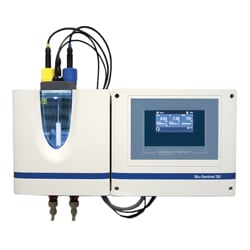
Water Chemistry Controller
Expected Lifecycle: 10-15 years
This equipment, which monitors basic water chemistry parameters to ensure proper sanitation levels, requires monthly cleaning. While the controller itself does not require maintenance or updates, the probes need to be checked periodically as these typically last 1-2 years.
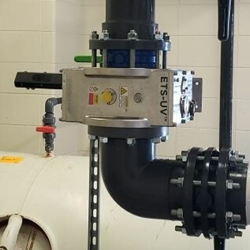
Ultraviolet (UV) System
Expected Lifecycle: 15 years
For an indoor facility, UV systems are an important piece of the overall pool ecosystem. Medium pressure UV lamps typically last for about 10,000 hours while quartz sleeves wear out within about 2 years. The main equipment consisting of the control panel and treatment chamber should last for 15 years.
Paint can fade, but it is essential that your pump, filter and all other safety and sanitation equipment are operating properly. The main factor in the actual lifecycle of equipment is dependent on maintenance and care. Regular maintenance, cleaning and inspection will undoubtedly extend the lifecycle of equipment. Set a reminder for yourself to inspect equipment, similar to how you know when your car is due for an oil change, to ensure that you are proactive about maintenance and keep a close eye on equipment. With this guide you won’t be caught by surprise when it comes to aging equipment and can budget accordingly.
If you wish to further discuss replacement parts or maintenance procedures, please contact us at nbtechsupport@evoqua.com.
*VGBA requires drain covers to be replaced at the end of their service life [1]. Neptune Benson Lawson Aquatics® Main Drains have a 10 year service life.
[1] Federal Register, 84(101), 5, Table 3, Section 1.1.3, 24 May 2019. https://www.govinfo.gov/content/pkg/FR-2019-05-24/pdf/2019-10845.pdf
Some photos do not depict actual Neptune Benson products or installations.
